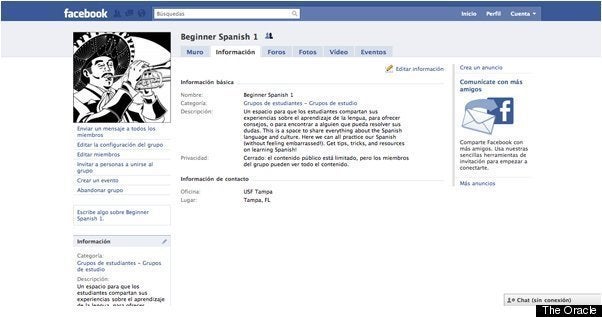
Worlds collided earlier this month when MySpace - the challenged social network known for music distribution and privacy issues - joined forces with Microsoft Outlook, the Enterprise's pervasive email and calendar system, through its new social connector feature. The reigning social network, Facebook, is purportedly soon to follow.
And while social networks edge onto enterprise software's turf, enterprise software is reciprocating with encroachment tactics of its own. Marc Benioff, Chairman and CEO of salesforce.com, recently declared on TechCrunch (not once, but twice) that his company - and all enterprise solutions - should be driven by the "Facebook Imperative" to create software that is real-time, social and mobile. Google caused a stir when it launched Buzz as a default social network inside of Gmail, the Google Apps product most broadly accepted by businesses.
Like it or not, the line between consumer-focused social networks and business-driven software continues to blur. The networks we joined to share party photos and witty remarks with friends now connect to our business tools, and web-based workplace platforms like Box.net and salesforce.com are incorporating real-time newsfeeds and user profiles for a more open and social user experience. This interconnectedness has profound but not always obvious implications for seasoned veterans of the workforce ... as well as those just entering it. It's a red flag.
Much fanfare has been made of newly employed millennials driving adoption of web-based, collaborative tools in the workplace, helping to realize the Enterprise 2.0 paradigm espoused by Andrew McAffee. These users, after all, have grown up sharing videos on YouTube and photos on Flickr, while furiously IMing and maxing out their texting limits, and expect similar usability from business applications. But their social media fluency can also pose a liability. Today's young knowledge workers are entering the workplace with many GBs of online content already attached to their names, and while spring break photos may be fine for a college-centric audience, they're generally not appropriate for workplace consumption. A recent survey of recruiters and HR professionals in the US found that 70% have rejected candidates based on information found online, and of course we've all heard stories about terminations based on an incriminating Facebook status or tweet. I have personally turned away candidates whose online personas reflected questionable content, causing me to conclude that their judgment might be lacking, despite the fact that their resume presented viable credentials.
The logic is pretty basic, as LinkedIn founder Reid Hoffman recently pointed out, "You Google other people, so don't you think they're Googling you? Part of a networked world is that people will be looking you up, and when they do, you want to control what they find." Professional networks like LinkedIn or business-oriented groups on Ning can reduce users' guesswork as to what's appropriate and can be incredibly powerful tools for connecting and collaborating with individuals within and beyond an organization, especially when they integrate with other business applications. "The benefits to joining an online network that's professionally based is that you can set a professional tone from the beginning," explains Jason Rosenthal, CEO of Ning. "When people interview for a job, they're told to dress for the job they want. When participating in an online social network, do the same thing -- interact with potential colleagues (or bosses!) and contribute content to reflect the job you want to have." But what to do when your boss friends you on Facebook?
The reality is that the demographics of social networks are rapidly changing: a recent study found that 57% of people belonging to popular social networks are older than 35. Facebook may have been born in college, but it has grown up quickly. Your manager is just as likely to browse your photos as your teenage sibling.
Sure, you can play with privacy settings and ignore friend requests, but knowledge workers young and ... less young share a common challenge: to find a voice in today's rapidly evolving workplace. And it's not only relevant when updating your status; collaborative business applications are bringing unprecedented openness and transparency to the workplace, and this movement is just beginning. An inquiry on Yammer is viewed by all your colleagues and a comment on Box.net will show up on fellow collaborators' real-time updates feed, so it's in your best interest to bring valuable and well thought out input to the conversation.
This does not mean that we should revert to the formal corporate lingo associated with email. The infusion of social features in business tools (and vice versa) are giving rise to a new form of communication, one where personality and professionalism can and should coexist. People who are fluent in the language of these tools have the advantage. First impressions last, and there is little room for error and less for forgiveness in the world of online social communities. There is and always will be opportunity and power to those who master the art of knowing your audience - this is no exception.